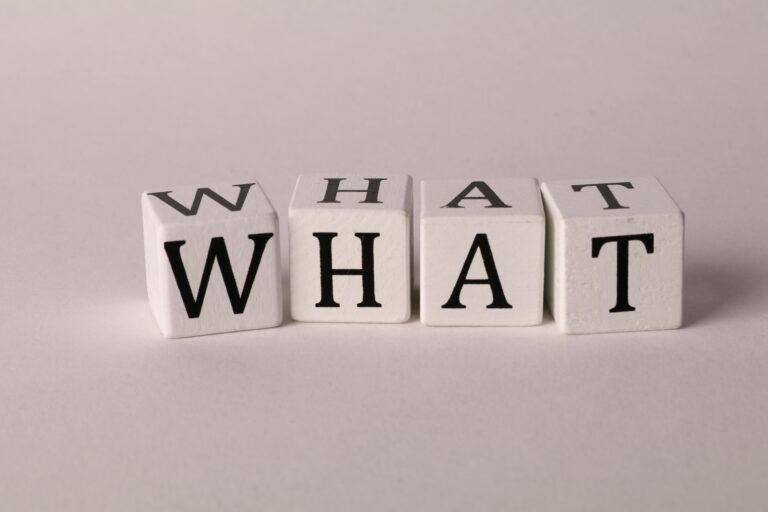How Practicing Visualization Techniques Can Improve Mental Resilience
Ever found yourself staring blankly at your to-do list, wishing you could just wave a magic wand and check everything off? Yeah, me too. But what if I told you there’s a powerful tool that can help you not only tackle that list but also boost your mental resilience? Enter visualization techniques. This isn’t just about daydreaming or imagining yourself on a beach sipping a piña colada (although that does sound nice!). It’s about harnessing the power of your mind to build resilience and tackle life’s challenges head-on.
Understanding Visualization
Visualization is more than a fancy buzzword thrown around at self-help seminars. It’s a mental rehearsal technique that athletes, performers, and even business leaders have used for ages. Picture this: a gymnast imagining each move of her routine before she even steps onto the mat. By visualizing success, she’s not just dreaming; she’s training her brain to respond positively under pressure. Neuroscience backs this up, showing that when you visualize an action, the same neural pathways activate as when you actually perform that action. Pretty neat, right?
How Visualization Builds Mental Resilience
So, how exactly does this all tie into mental resilience? Resilience is our ability to bounce back from setbacks, adapt to change, and keep going even when the going gets tough. Think of it as your mental gym—where visualization serves as one of the best exercises you can do.
1. Creating a Safe Space
Visualization allows you to create a mental sanctuary. Imagine a serene forest or a cozy little café where you feel completely at ease. By regularly visiting this place in your mind, you equip yourself with a refuge to retreat to when stress knocks on your door. It’s like having a portable stress ball, only you can’t accidentally squeeze it too hard and ruin your keyboard.
2. Strengthening Problem-Solving Skills
When you visualize potential challenges and rehearse your responses, you’re effectively preparing for the unexpected. Let’s say you’re nervous about an upcoming presentation. Instead of letting your anxiety spiral, you can visualize yourself standing confidently at the podium, addressing the audience with poise. This mental practice not only calms your nerves but also enhances your adaptability when faced with unanticipated questions or technical glitches. See? You’re already a pro!
3. Enhancing Self-Confidence
Self-doubt can be a formidable foe, but visualization is like armor against it. Picture yourself succeeding—whether that’s acing an interview, nailing a performance, or even running a marathon. By repeatedly visualizing these successes, you’re training your brain to believe in your capabilities. It’s a little like boosting your mental Wi-Fi signal; the stronger the connection, the more resilient you become.
Practical Visualization Techniques
If you’re ready to dive into the world of visualization, here are a few techniques to get you started:
- Guided Imagery: This technique involves listening to recordings or using scripts that guide you through a visualization experience. You can find numerous apps or online resources that lead you through calming scenarios or motivational journeys.
- Vision Boards: Create a physical or digital collage of images and words that represent your goals and aspirations. This visual representation serves as a daily reminder of what you’re working towards.
- Future Self Visualization: Close your eyes and imagine your future self—what do you look like? How do you feel? What have you achieved? This technique helps you align your current actions with your long-term aspirations.
- Daily Visualization Practice: Set aside a few minutes each day to practice visualization. Whether it’s during your morning coffee or right before bed, consistency is key!
Common Pitfalls to Avoid
While visualization is a powerful tool, it’s not a magic bullet. Here are a few things to keep in mind:
- Don’t Overthink It: Visualization doesn’t have to be perfect. Just let your imagination flow. If you find yourself getting stuck on details, take a step back and focus on the feelings associated with your visualization.
- Stay Realistic: While it’s great to aim high, make sure your visualizations are grounded in reality. Dreaming of winning the lottery might be fun, but focusing on achievable goals will yield better results.
- Combine with Action: Visualization is most effective when paired with actionable steps. It’s like the peanut butter to your jelly; they just work better together!
Visualization techniques can be a game-changer in building mental resilience. By creating a mental space for calm, rehearsing success, and boosting your confidence, you’re equipping yourself with the tools to tackle life’s challenges head-on. So, the next time you’re feeling overwhelmed, take a moment to visualize your way to resilience—just maybe skip the beach for now, unless it helps you unwind!

